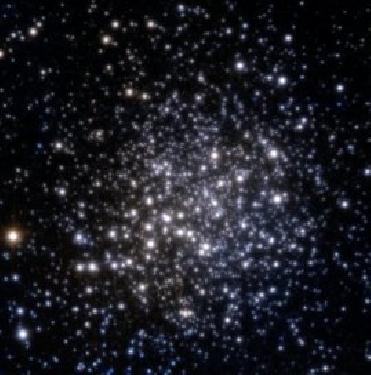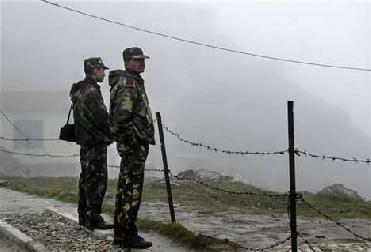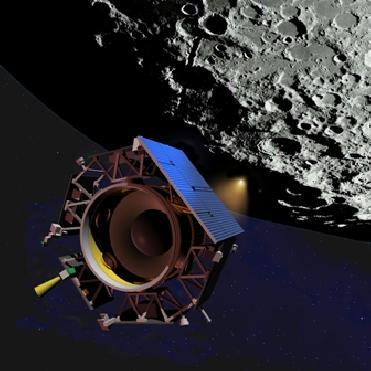
The Terzan 5 star cluster. Image credit: ESO
PARIS (BNS): Astronomers peering through thick layers of dust clouds in our home galaxy Milky Way have come across a splendid ‘cosmic relic’ – star cluster Terzan 5.
This new discovery, traced in Milky Way’s ‘bulge’ which contains numerous stars, suggests that Terzan 5 is in fact one of the bulge's primordial building blocks, most likely the relic of a proto-galaxy that merged with Milky Way during its very early days.
“The history of the Milky Way is encoded in its oldest fragments, globular clusters and other systems of stars that have witnessed the entire evolution of our galaxy. Our study opens a new window on yet another piece of our galactic past,” said Francesco Ferraro, lead author of a paper appearing in this week’s issue of Nature journal.
Interestingly, Terzan 5 does not harbour stars which are all born at the same time and called “single population” stars. Astronomers believe they have been born at least in two different epochs – first some 12 billion years ago and then again 6 billion years ago.
“Only one globular cluster with such a complex history of star formation has been observed in the halo of the Milky Way: Omega Centauri. This is the first time we see this in the bulge,” said team member Emanuele Dalessandro.
The discovery has been made by using European Southern Observatory’s Very Large Telescope. It has also enabled researchers to see Trezan 5 as a more massive object than previously thought.
Besides its complex composition and troubled star formation history, the new-found star cluster is believed to be the surviving remnant of a disrupted proto-galaxy, which merged with the Milky Way during its very early stages and thus contributed to form the galactic bulge.
“This could be the first of a series of further discoveries shedding light on the origin of bulges in galaxies, which is still hotly debated,” Ferraro said.
 Previous Article
Previous Article Next Article
Next Article












The Indian Air Force, in its flight trials evaluation report submitted before the Defence Ministry l..
view articleAn insight into the Medium Multi-Role Combat Aircraft competition...
view articleSky enthusiasts can now spot the International Space Station (ISS) commanded by Indian-American astr..
view article